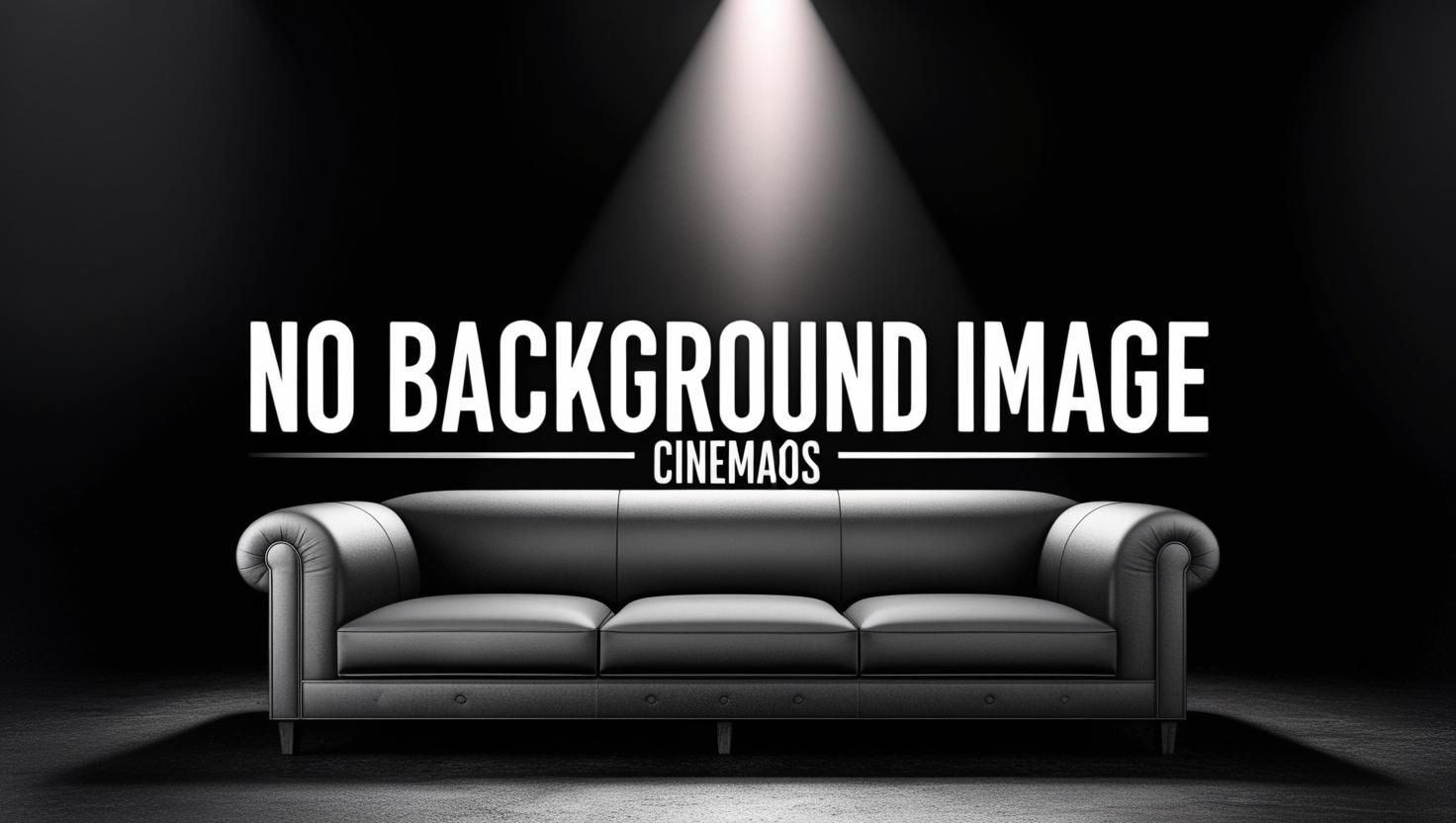6X-Day
Exactly like an Hour of Slack X-Day radio show, except that you can see it. Shot mostly in DV by Rev. Ivan Stang, Dr. Philo Drummond, Rev. Steve Chekey & Princess Wei "R." Doe at Brushwood; edited mercilessly by Stang. Heavy use of identifying subtitles and nudity, with Rev. Susie the Floozy, Jesus and Magdalen, Rev. Nickie Deathchick, Sister Decadence, Rev. Carter LeBlanc, Rev. Ivan Stang, Rev. Alex, Rev. Pee Kitty, Dr. Philo Drummond, Dr. G. Gordon Gordon, Sifu and Legume's butts, Rabbi's chest, the Hell Bonfire, the Alien Ball, the horror of 7 a.m., Insane Clown Bat Pussy, teabagging, and Lonesome Cowboy Dave. THE AMINO ACIDS in concert plus musical tracks by Cozmodiar, Gary G'broagfran, The Great Groovy Neptune.

